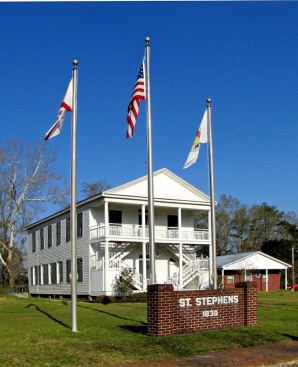The History Press’s most recent book series, “Wicked,” highlights the darker side of the history in communities across America in relatively brief, richly illustrated books aimed at the general reading public. It’s a catchy title and an interesting concept that one might argue could, in theory at least, make for a nice counterpoint to the almost inherently upbeat approaches of telling the story of arrival and relevance which characterize most of their city histories. The problems are many and obvious for the serious historian, though. These books often feature mere repackaging of tales of unfortunate chapters in a community’s past that are forced together into some sort of false narrative of continuous sin and vice, devoid of context. Each entry in the series must of course be judged on its own worth, but most of those I have seen can only be described as light entertainment and a somewhat curious way to explore the currents of daily life in any of the places they explore. Only a few convincingly attempt to tell the intriguing and the sensational in a fair and truthful way.

Phenix City, Alabama is represented in this series by local author Faith Serafin, a prolific writer whose previous work has gravitated as much towards tales of the paranormal as narrative history. Her subject would on the surface appear to be a rich one, for if ever there was a city which seemed tailor-made for the “Wicked” series—to the enduring consternation of locals—it is Phenix City. An otherwise sleepy bedroom community located across the Chattahoochee from Columbus, Georgia, it assumed a surprising and infamous place in popular culture due to the 1950s film about the notorious acts of the criminal syndicates which once controlled its ballot box and law enforcement offices and threatened, in deadly earnest, anyone who dared oppose them. At the peak of their power, the kingpins who ran the bars, gambling joints and prostitution houses in the city possessed enough swagger to brazenly gun down the state’s Attorney General-elect on the street outside of his law office and have good reason to believe they could get away with it. After all, they always had. But the murder of Albert Patterson was the turning point in that sordid saga and the city has, thankfully, never looked back.
Serafin attempts to flesh out this core narrative in an admittedly unique style. Rather than the myopic focus on the heyday of crime in the early twentieth century in the South’s “Sin City” as is the wont of many before her, she attempts to include it in the broader sweep of events in the community’s past dating as far back as the era in which it was still the heartland of the vast Creek Indian ancestral domain. The results are entertaining but unfortunately predictable. There are insightful stories associated with the Creek Wars of 1813 and 1836, dramatic accounts of duels, and grisly tales of frontier justice haphazardly stitched together into a halting, weakly unified narrative striving to communicate the persistence of insidious violence and vice. To her credit, Serafin unearths some interesting chapters in local history that are not widely known, and gives texture and personality to some of the region’s well-known as well as lesser recognized historical figures—the fiery Creek Chief William McIntosh, murdered by his own kinsman for his greed; upstanding Hugh Bentley, who openly battled the Phenix City syndicate even after having his own home dynamited with his family asleep inside; the walking incongruity that was the grandmotherly club owner “Ma” Beachie, at once gentle benefactor and ruthless operator in the Phenix City underworld.
The retelling of their deeds, however, is too often melodramatic in pseudo-Victorian fashion, consistently overstates the general level of depravity by extrapolating much more than it probably should from isolated events, and is marred by small errors of fact and in typography too numerous to mention, especially concerning events of the early nineteenth century involving the Creeks and some of the area’s first American settlers. An exceedingly slim bibliography, describing a mere nine books consulted—one of them the author’s own—renders the depth of research questionable. In final analysis, Wicked Phenix City will have an unmistakable appeal to many for whom the incredible story of what occurred there in the 1950s still resonates and is an entertaining and at times revealing narrative, but it cannot be recommended as an authoritative source on the events or eras it chronicles.
JMB



